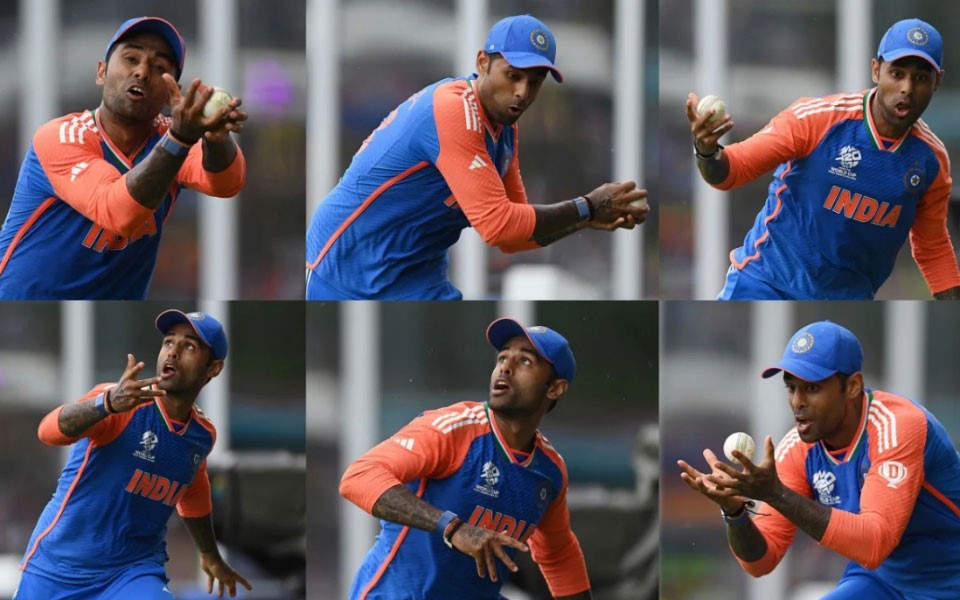

The Controversy and the Catalyst for Change
The debate around boundary catches reached a fever pitch following a now-famous catch taken by Australian pacer Michael Neser in the Big Bash League in 2023. While fielding, Neser caught the ball inside the boundary, but his momentum carried him over the rope. To avoid an illegal catch, he threw the ball into the air while he was outside the boundary, jumped to tap it back into play (while still airborne and outside the boundary), and then re-entered the field to complete the catch.
Under the existing Law 19.5.2, this catch was deemed legal. The rule stated that a fielder's effort was valid as long as their last contact with the ground before first touching the ball was within the boundary, and they did not touch the ball and the ground outside the boundary at the same time. Neser’s acrobatic, multi-jump effort fulfilled these criteria. However, the MCC acknowledged that while the catch "fulfilled the law, it felt like the fielder had — quite literally — gone too far." This sentiment was shared by many fans, players, and pundits, who felt such actions went against the spirit of the game.
The New Amended Law: What Has Changed?
To address this loophole, the MCC has rewritten the law to be more intuitive and fair. The core changes effectively eliminate the "bunny hop" and place stricter conditions on fielders once they have left the field of play.
The updated Law 19.5.2 now specifies: "A fielder who is not in contact with the ground is considered to be grounded beyond the boundary if, prior to their first contact with the ball, their final contact with the ground was not entirely within the boundary." It further clarifies, "If a fielder’s first contact with the ball does not contravene [the law], that fielder may then jump from outside the boundary in order to make contact with the ball whilst airborne. After making contact with the ball once airborne, all subsequent contact with the ground by that fielder, until the ball becomes dead, must be within the field of play."
Implementation and Impact
This significant rule change is set to be implemented swiftly. The International Cricket Council (ICC) will put the new law into effect immediately at the start of the next World Test Championship cycle. This means it will be active from the Sri Lanka-Bangladesh Test match beginning on June 17, 2025. The MCC will then formally incorporate the amendment into its next official law cycle in October 2026.
This amendment represents a welcome return to a more common-sense interpretation of a boundary catch. It places the emphasis back on the fielder's ability to control both their body and the ball within the confines of the playing area. While the era of the boundary "bunny hop" may be over, the new rule ensures that spectacular athletic catches will continue to be a celebrated part of cricket, but now with a clearer and fairer set of guidelines.
Image Source: CricTracker